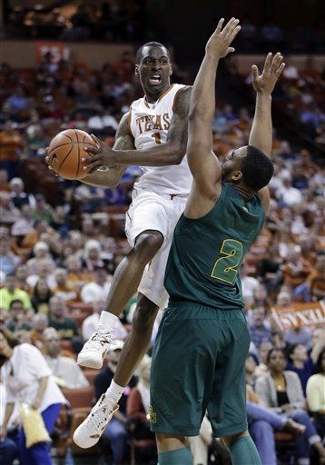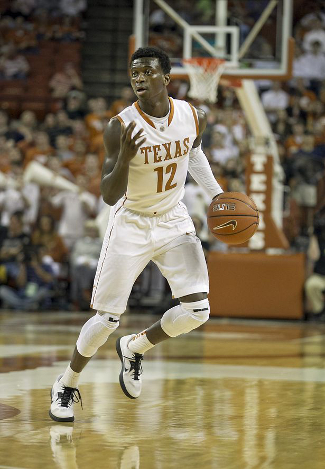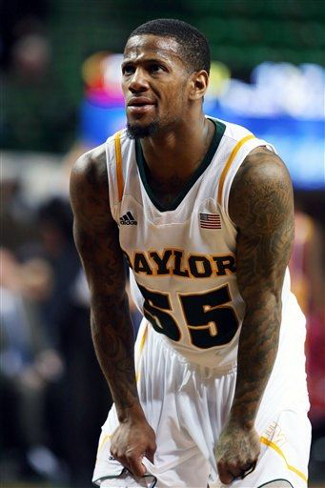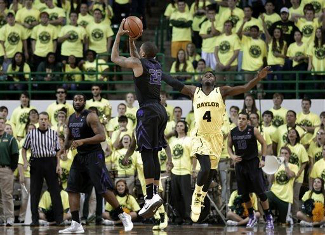Texas Longhorns (15-4 overall, 4-2 Big 12) at #24/23 Baylor Bears (13-5, 1-4)
Ferrell Center | Waco, TX | Tip: 12:45 P.M. CT
TV: Big 12 Network (Affiliate list)/ESPN Full Court/ESPN3
The Texas Longhorns took care of business at home over the last week, knocking off back-to-back ranked teams in Iowa State and Kansas State. The wins propeled Texas from the “First Four Out” of Joe Lunardi’s Bracketology to an 8-seed playing in San Diego on the tournament’s opening weekend. The Longhorn performances also shifted the projections from Ken Pomeroy, making 10-8 the most likely Big 12 finish for Texas.
With only one-third of the conference race finished, Texas still has work to do. The Horns need to avoid losses against teams it should beat — namely West Virginia, TCU, and Texas Tech — and pick up a few more quality wins along the way. Today’s road game in Waco provides Texas yet another chance to log one of those quality wins and further increase the odds that the Horns will reach the magical 20-win plateau.
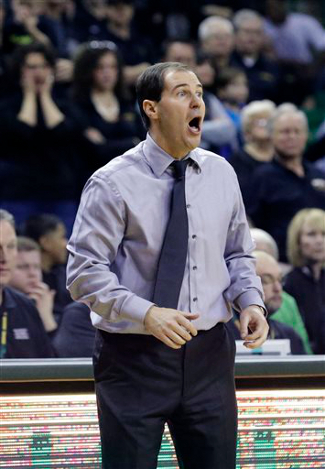
Scott Drew finally watched The Sixth Sense
(Photo credit: LM Otero/Associated Press) 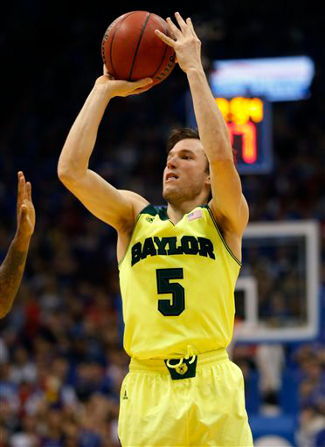
Brady Heslip is unconscious behind the arc
(Photo credit: Orlin Wagner/Associated Press) 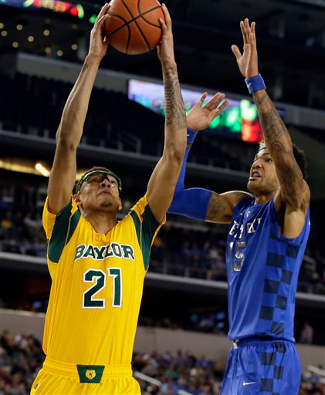
Isaiah Austin has focused on his inside game this season
(Photo credit: Tony Gutierrez/Associated Press) |











